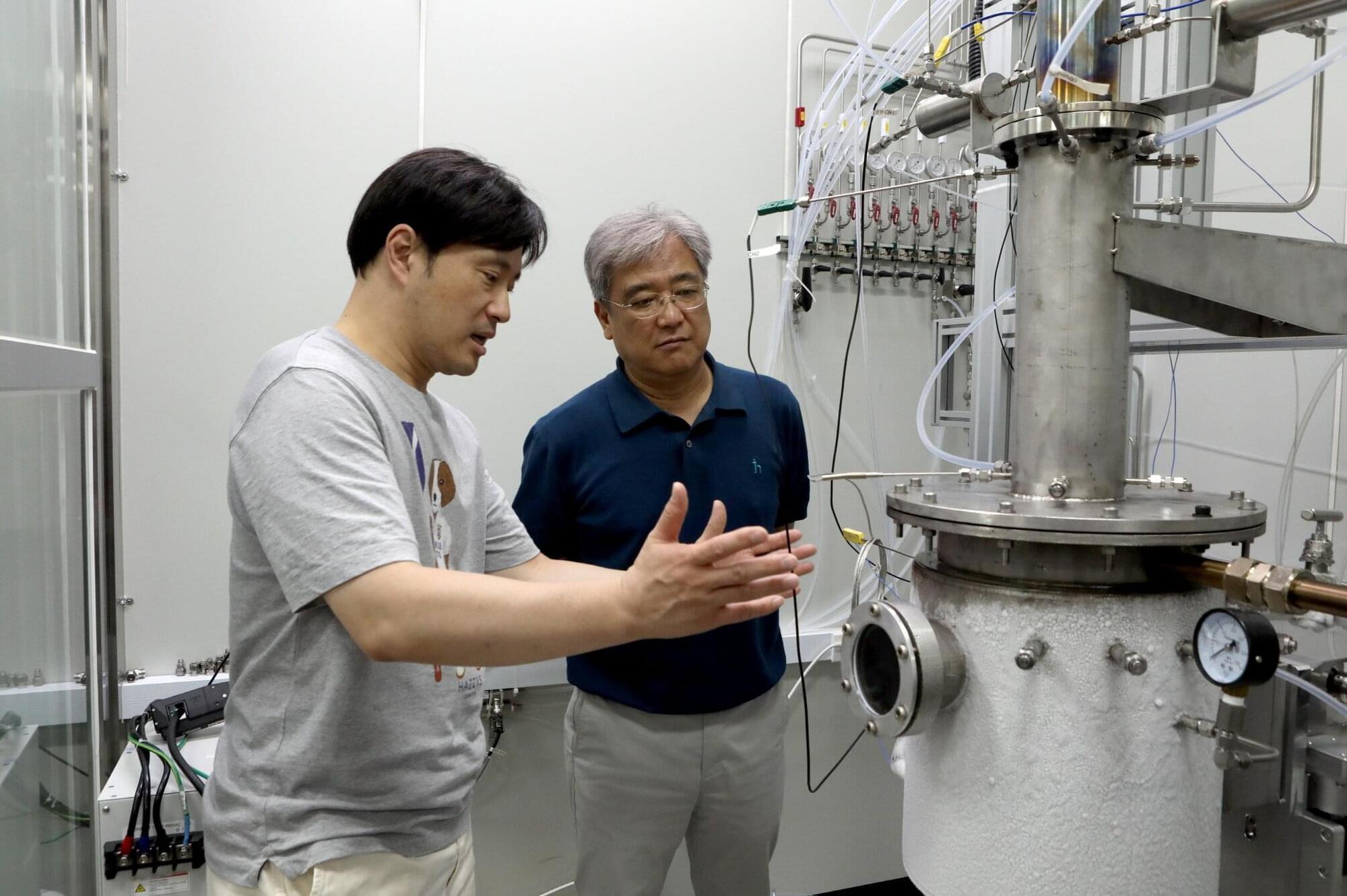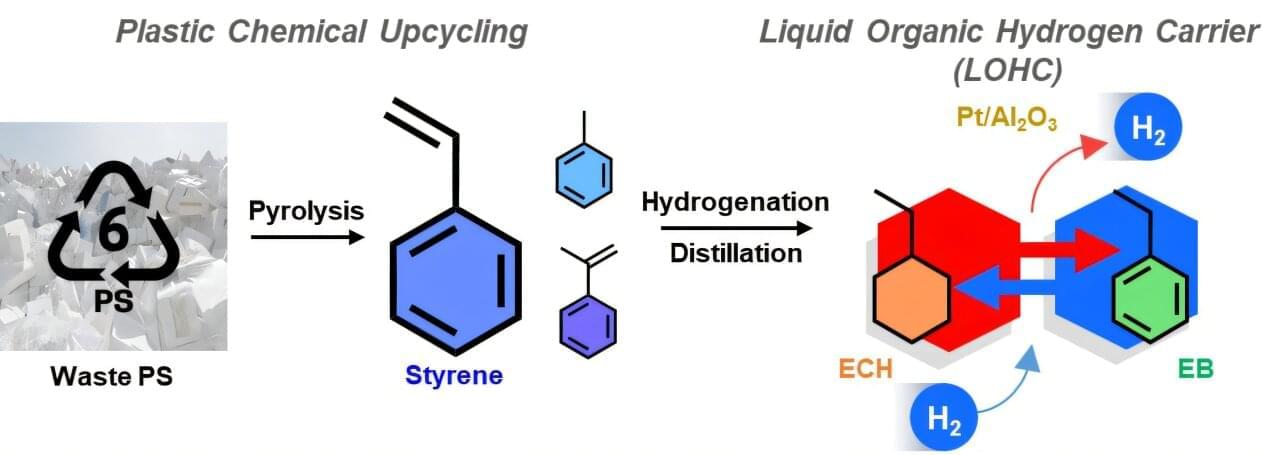Wireless charging has already radically simplified the use of the mobile phone: simply place the smartphone in a charging cradle and the energy flows. Porsche will soon be offering this user-friendly technology for electric cars as well.


Questions to inspire discussion.
🌐 Q: How quickly will Tesla expand its robo taxi service? A: Tesla plans to rapidly expand access to its ride-hailing service in the Bay Area and robo taxi service in Austin, Texas, by scaling its fleet and improving autonomous driving technology.
🚕 Q: What impact will Tesla’s robo taxi service have on the ride-hailing industry? A: Tesla’s service is expected to disrupt traditional ride-hailing, potentially becoming the most cost-effective option for customers while advancing sustainable energy transition.
Revenue and Profitability.
📈 Q: How will the robo taxi service affect Tesla’s revenue? A: The service is anticipated to generate significant revenue for Tesla, leveraging its cost advantage and autonomous technology to become potentially the most profitable ride-hailing option.
🔋 Q: How does the robo taxi service align with Tesla’s broader mission? A: The service supports Tesla’s ambition statement of accelerating the world’s transition to sustainable energy while offering a competitive and cost-effective transportation solution.

In a major leap for artificial intelligence (AI) and photonics, researchers at the University of California, Los Angeles (UCLA) have created optical generative models capable of producing novel images using the physics of light instead of conventional electronic computation.
Published in Nature, the work presents a new paradigm for generative AI that could dramatically reduce energy use while enabling scalable, high-performance content creation.
Generative models, including diffusion models and large language models, form the backbone of today’s AI revolution. These systems can create realistic images, videos, and human-like text, but their rapid growth comes at a steep cost: escalating power demands, large carbon footprints, and increasingly complex hardware requirements. Running such models requires massive computational infrastructure, raising concerns about their long-term sustainability.

Huawei has shocked the electric vehicle (EV) world by filing a patent for a solid-state battery that claims a potential range of 3,000 kilometres and the ability to recharge to full in just five minutes. Normally, we have to assume this particular patent will go nowhere, and we will forget about it; however, it could be the start of something new.

Researchers at the University of Missouri are working to make hydrogen energy as safe as possible. As more countries and industries invest heavily in cleaner, renewable energy, hydrogen-powered factories and vehicles are gaining in popularity. But hydrogen fuel comes with risks—leaks can lead to explosions, accidents and environmental harm. Most hydrogen-detecting sensors on the market are expensive, can’t operate continuously and aren’t sensitive enough to detect tiny leaks quickly.
Questions to inspire discussion.
Business Strategy and Market Impact.
💼 Q: How is Tesla positioning its robo taxi service in the market? A: Tesla is aiming to change the world towards sustainable transport, winning the first two-month race in deployment, service area, and metrics, rather than engaging in an “online dork battle” about robo taxis.
📊 Q: What’s Tesla’s approach to incidents in its robo taxi service? A: Tesla is carefully managing the launch to minimize the impact of incidents on reaching peak gross margin and revenue, prioritizing this over the cost of safety monitors.
FSD Supervised in Australia.
🦘 Q: How successful is Tesla’s FSD Supervised rollout in Australia? A: It’s considered a success story, with 8 cameras processing live information, navigating complex environments like Brisbane’s “spaghetti bowl” of ramps and exits, and handling roundabouts and highway merges.

The inconvenience of separating plastics for recycling may soon be a thing of the past. A team of Korean researchers has developed the world’s first technology that can chemically recycle mixed waste plastics into raw materials in a highly selective manner without the need for strict sorting or label removal.
The Korea Institute of Machinery and Materials (KIMM), under the National Research Council of Science & Technology (NST), announced that its Center for Plasma Process for Organic Material Recycling, carried out in collaboration with the Korea Research Institute of Chemical Technology (KRICT), Korea Institute of Industrial Technology (KITECH), Korea Institute of Science and Technology (KIST), and several universities, has successfully developed an innovative plasma conversion process.
This process transforms a wide variety of waste plastics directly into raw chemical feedstocks, setting a new milestone for Korea’s chemical industry and environmental policy.
Questions to inspire discussion.
🗓️ Q: When will more details about Tesla’s master plan part 4 be revealed? A: Elon Musk will add specifics to the master plan part 4 at the upcoming annual shareholder meeting on November 6th, including key milestones for achieving sustainable abundance.
AI and Manufacturing.
🧠 Q: What is Elon Musk’s focus regarding AI development? A: Musk is prioritizing the development of AI compute capacity and deep learning models, as evidenced by his focus on XAI and Grock 5, to drive innovation in Tesla’s products and services.
🏭 Q: How does Tesla plan to improve its manufacturing processes? A: Tesla aims to create a custom AI solution using Grock agents to develop a cybernetic organism capable of manufacturing humanoids more efficiently than current Tesla methods.
🤖 Q: What is the potential timeline for Grock 5 to achieve AGI? A: Elon Musk believes Grock 5 has a chance to become AGI (Artificial General Intelligence) by next year, potentially allowing Tesla to achieve supremacy in manufacturing through superior AI.


A research team affiliated with UNIST has unveiled a novel technology that enables hydrogen to be stored within polystyrene-derived materials, particularly those originating from Styrofoam. The research is published in the journal ACS Catalysis.
This advancement not only offers a solution to the low recycling rate of polystyrene —less than 1%—but also makes hydrogen storage and transportation more practical and accessible, addressing the challenges associated with handling gaseous hydrogen.
Led by Professor Kwangjin An from the School of Energy and Chemical Engineering at UNIST, in collaboration with Dr. Hyuntae Sohn from KIST and Professor Jeehoon Han from POSTECH, the team successfully designed a comprehensive, closed-loop system to convert waste polystyrene into a liquid organic hydrogen carrier (LOHC). This innovative process enables efficient hydrogen storage, retrieval, and reuse.